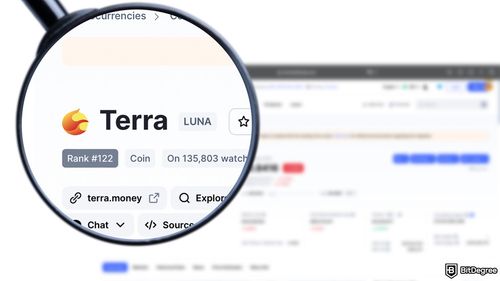Binance
The conversation started when Zoomerfied, a crypto news curator, posted on X on November 17, suggesting Binance was set to launch a stablecoin boasting an annual yield of 19.55%. This sparked widespread comparisons to Terraform Labs’ ill-fated algorithmic stablecoin, TerraClassicUSD
Responding to the confusion, Binance explained via its customer support on X that BFUSD is designed as a margin trading asset, not a stablecoin. The company clarified, “BFUSD is not yet launched. To be clear, it is not a stablecoin but a reward-bearing margin asset for futures trading”.

Did you know?
Want to get smarter & wealthier with crypto?
Subscribe - We publish new crypto explainer videos every week!
How do Cryptocurrency Exchanges Work? (Easily Explained!)


BFUSD is structured to provide rewards without requiring users to lock or stake their funds. Holders will keep BFUSD in a "UM Wallet", with daily airdrop rewards transferred to their "UM Futures Wallet". These airdrops are calculated based on user snapshots and are influenced by each trader's “VIP level”, a social ranking metric on the Binance platform.
While the token's design aims to offer flexibility and convenience, the mention of high yields immediately drew skepticism from crypto veterans. Many recalled the overhyped returns of Do Kwon’s algorithmic stablecoin project, which ultimately ended in disaster.
Some members of the crypto community were quick to connect BFUSD to the failed Terra ecosystem. Pseudonymous trader RunnerXBT sarcastically remarked on X, “How... how much did Anchor... did... Yield?” referencing the Anchor Protocol’s unsustainable promise of 20% annual returns.
The collapse of Terra
In other news, the Financial Stability Board (FSB) has warned that AI vulnerabilities could pose risks to global financial stability. How serious are these risks? Read the full story.






















